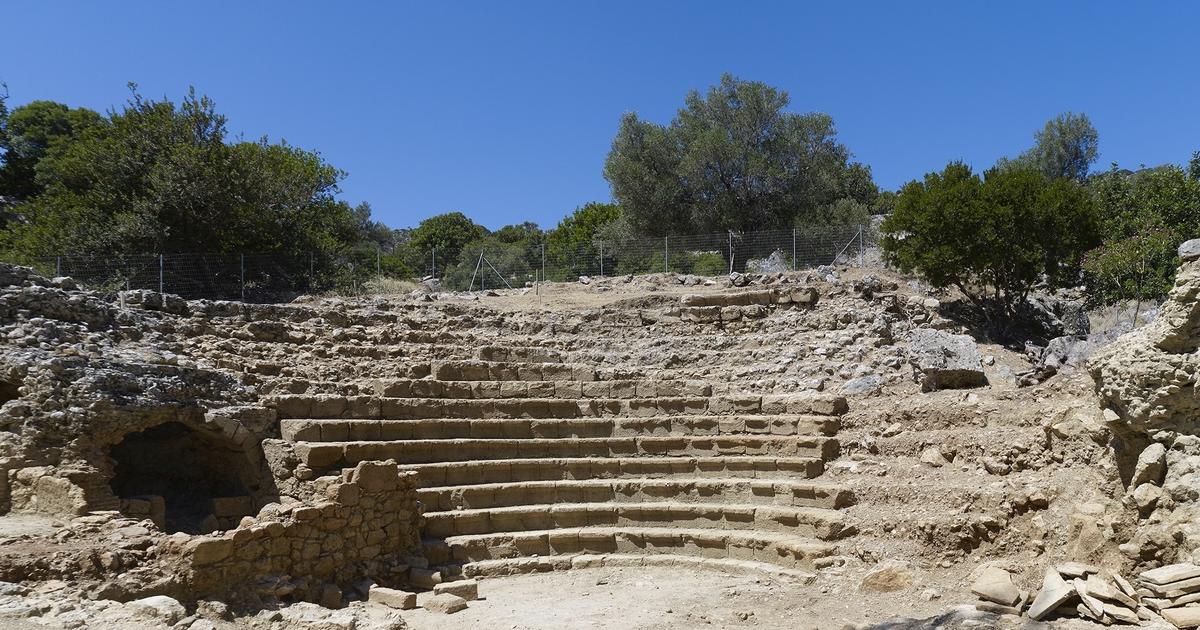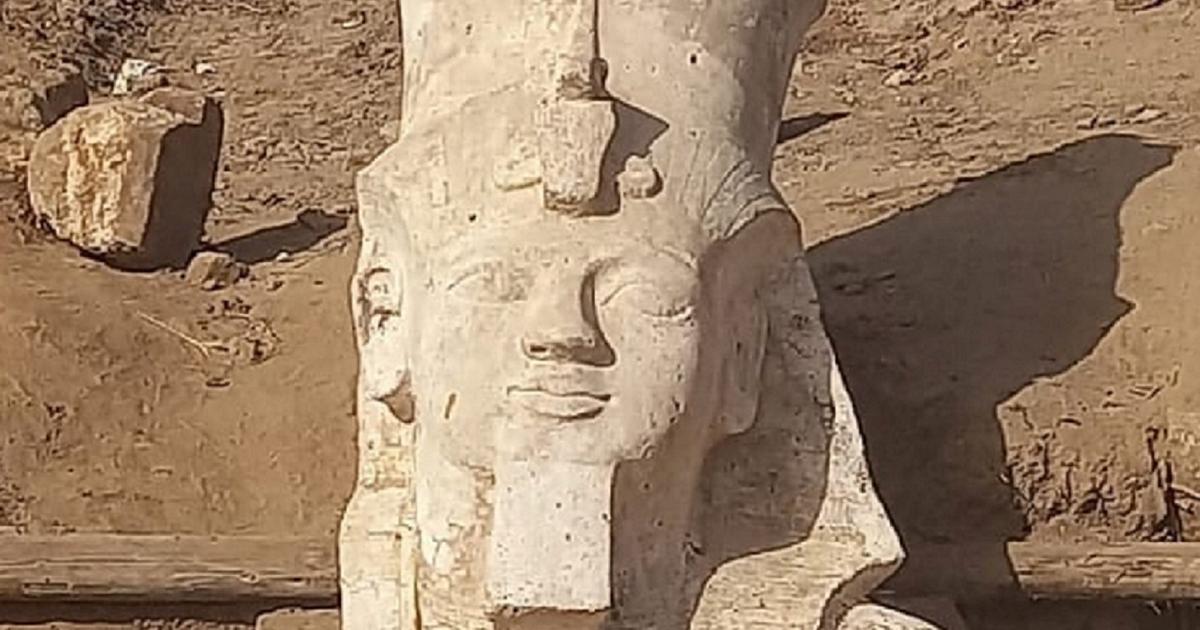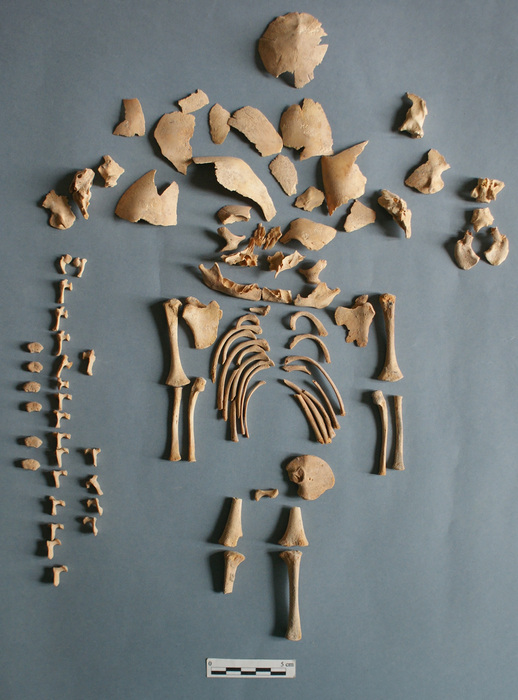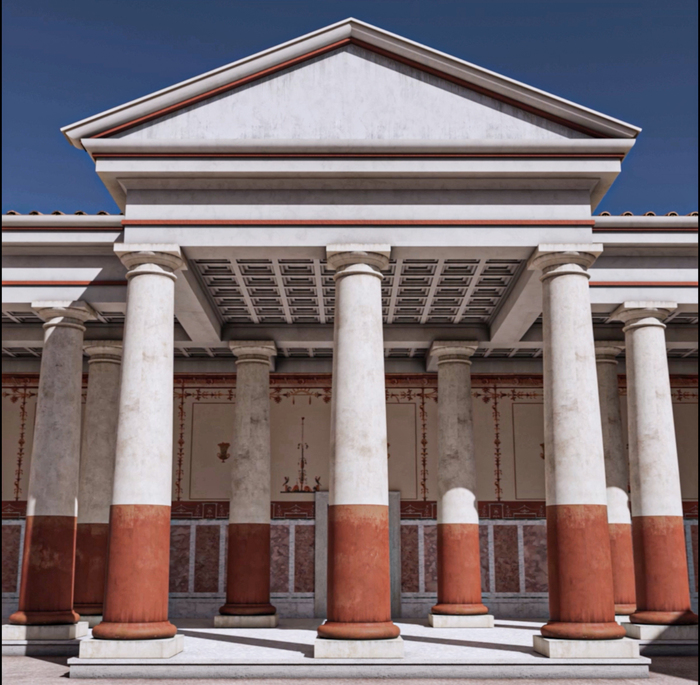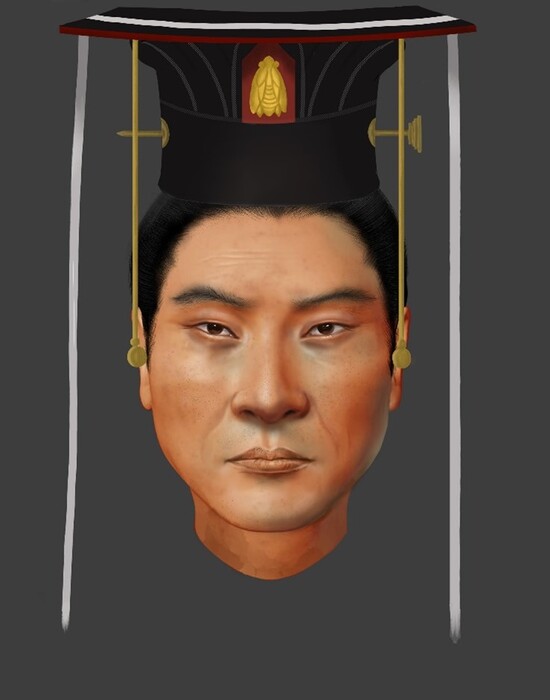All that remains of the building is a portion of bleachers eaten away by time, surrounded by collapsed backstage.
In Lissos, an ancient ancient port located in the southwest of Crete, archaeologists have unearthed a new public building, announced the Greek Ministry of Culture.
If the monument does not impress as much as the theater of Ephesus or the great forums of Rome, the researchers who exhumed it are nevertheless in heaven: it is the first discovery made on this ancient port of the Antiquity for sixty years.
"It is with great pleasure that we have been informed of the results of the excavations of ancient Lissos"
, rejoiced the governor of Crete, Stavros Arnaoutakis, in the columns of the Greek daily
Efimerida Ton Syntakton
.
In collaboration with the Cretan Ephoria of Chania, the Greek equivalent of a regional archeology service in France, the community has taken on the task of relaunching the excavations of the site with the hope of enhancing the city.
Read alsoUnesco warns of the risks that climate change poses to heritage
For now, archaeologists are still hesitating about the precise identification of the exhumed monument.
Its modest semi-circular shape with at least 14 tiers could just as well belong to an odeon - a small building dedicated to musical performances - as to a bouleuterion - a building with a political function where the citizens of the city met.
The press releases therefore do not decide and simply evoke the discovery of a
“public building”
.
Aerial view of the unearthed building in Lissos.
According to official press releases, doubt still hangs over the precise identification of the building.
It would be either an odeon or a bouleuterion.
Greek Ministry of Culture and Sports
Dating from the 1st century AD, the building was partially devastated by huge blocks of rock, driven from the side of the surrounding mountains during a monster earthquake well known to archaeologists and which, towards the end of the 4th century, would have caused much destruction in the west of the island.
Next objective of the archaeologists: to probe the front of the building, in order to determine if it was closed or not by a wall.
An architectural detail which should make it possible to clarify the nature of this monument and, in a second step, to prepare its restoration and its possible enhancement.
A site difficult to access
On paper, in fact, Lissos has everything to delight tourists: a heavenly bay overlooking the azure of the Mediterranean and the great calm of the Cretan countryside, of course, but also a bouquet of archaeological remains.
In the 1950s, researchers painstakingly excavated a Gallo-Roman necropolis, a theater as well as the remains of an Asclepeion, that is to say a sanctuary dedicated to the healing god Asclepius.
Founded during the reign of the Roman Emperor Tiberius, between 14 and 37, the temple was endowed with beautiful mosaics.
Two Byzantine churches also occupy the desolate landscape of the ancient port.
Read alsoPart of Ipanema beach, in Rio, renamed in honor of singer Gal Costa
Abandoned around the 7th century, Lissos had survived the fateful earthquake that destroyed its monuments.
The city was, since the third century BC.
AD, one of the few ports of its neighbor Elyros, although the sea level has now fallen several meters.
Lissos was monumentalized in Roman times and has yielded many statuary remains.
Traces of an aqueduct and baths also attest to the comfort enjoyed by the inhabitants of this small port for a time.
Why, in this case, to have delayed so long before returning to search on the spot?
Due to the isolation of the site, accessible only from the sea or via the European A4 hiking trail which winds through hills and dales along the southern coast of Crete.
To make the site more attractive, the region has reviewed the signage and the route of the path leading to Lissos.
Archaeologists take care of the rest.

